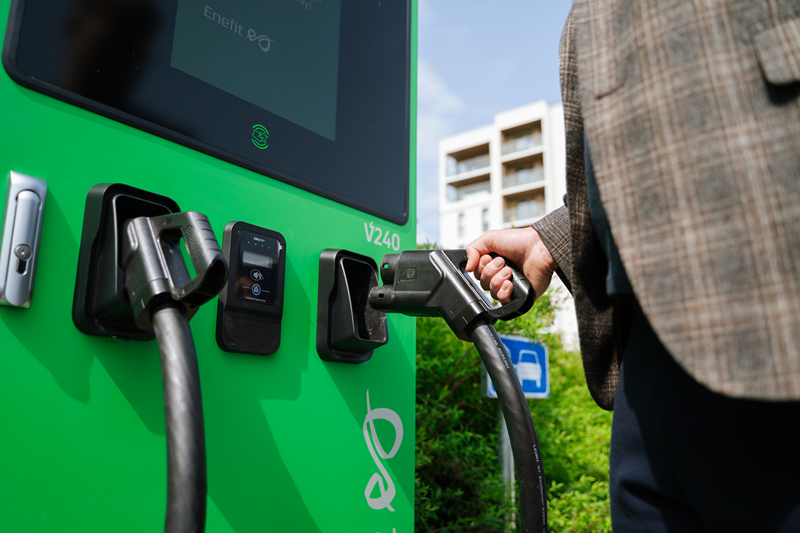This summer, there has been much discussion in the media and among technology enthusiasts on social media regarding the profitability of solar panels. On the one hand, some claim that panels are not cost-effective, especially when electricity prices are occasionally negative, forcing producers to pay when selling energy back to the grid. On the other hand, electricity prices on the exchange were high during the summer due to a lack of wind, the Estlink-2 cable being under maintenance, and occasional shutdowns of neighbouring countries’ production units.
Negative production prices and high consumer electricity prices cannot coexist simultaneously. Therefore, it is essential to explain how to calculate the profitability of self-production and how storing excess energy can significantly reduce your electricity bill.
Mikk Tootsi, Head of Solar Energy and Storage Solutions at Enefit
Weighted average price provides a realistic view
To obtain an objective overview of the profitability of self-production, one should examine the weighted average price of electricity during solar energy production hours. Looking at data from the past six years, we can see that investing in solar panels remains a sensible choice in terms of profitability.
Annual electricity prices, based on the productivity of solar parks:
2018: €52.3/MWh
2019: €53.4/MWh
2020: €39.5/MWh
2021: €77/MWh
2022: €200/MWh
2023: €74/MWh
2024 (up to 31st of August): €72/MWh
An optimal solution can save nearly two thousand euros annually on electricity bills
The average Estonian household consumes 10 megawatt-hours (MWh) of electricity annually. For such a home, a 10 kWp (kilowatt-peak) solar panel system, which produces the same amount of electricity per year, is ideal. This could result in over €1,000 in annual savings for the homeowner. A household typically consumes around 40% of the electricity generated by the panels, with the excess sold back to the grid. If a 15 kWh (kilowatt-hour) storage solution is added, self-consumption can be increased by an additional 30%, and with smart battery management, savings can increase by another €1,000 annually.
Use self-generated energy at your preferred time and store energy during cheaper hours
The profitability of solar panels can be enhanced with a storage solution. This allows you to store excess electricity produced and use it when electricity prices are high, avoiding the need to sell it during zero or negative price hours.
A storage unit adds value even during the winter or darker periods when solar panels are not producing energy. Enefit’s smart battery management system monitors exchange prices year-round and stores electricity from the grid during the cheapest hours. This energy can be used by the homeowner or sold back to the grid at higher prices. Additionally, the storage unit increases a home’s energy resilience during power outages, ensuring essential electricity supply.
Adding a battery to existing solar panels
It is possible to add a battery to a home electrical system even if solar panels are already installed. We are increasingly seeing this trend among our clients. In some solar solutions, the existing inverter is compatible with a battery, allowing for easier integration. In cases where the existing inverter is not suitable, it will need to be replaced.
Enefit has also expanded its range of battery products, so if you’re interested, feel free to contact Enefit’s specialists to discuss the available options. We will provide a personalised offer tailored to the specific needs of your home.



